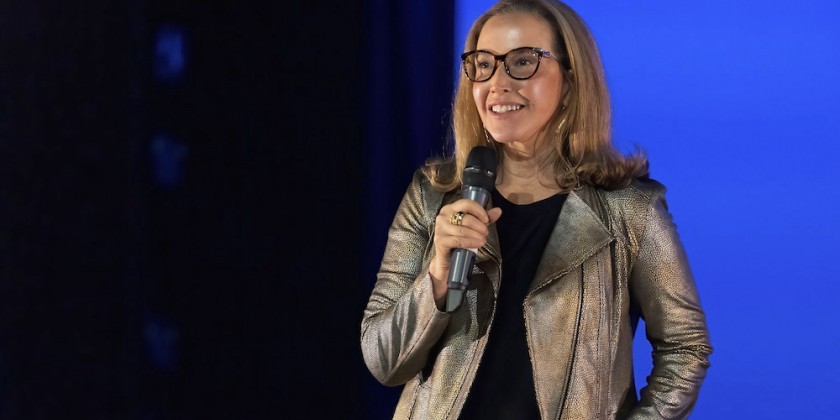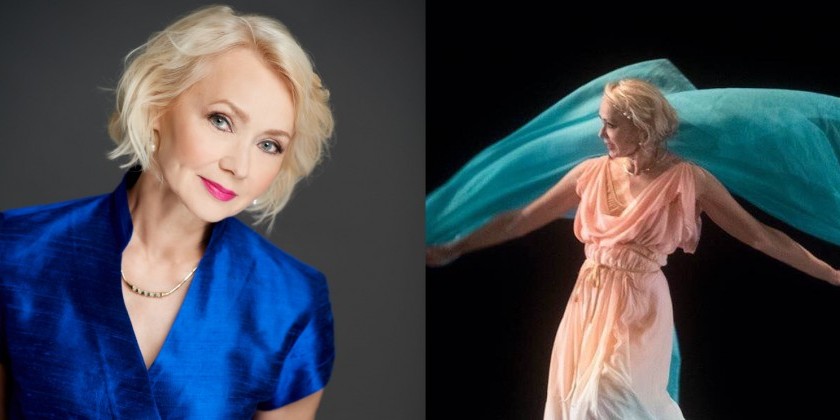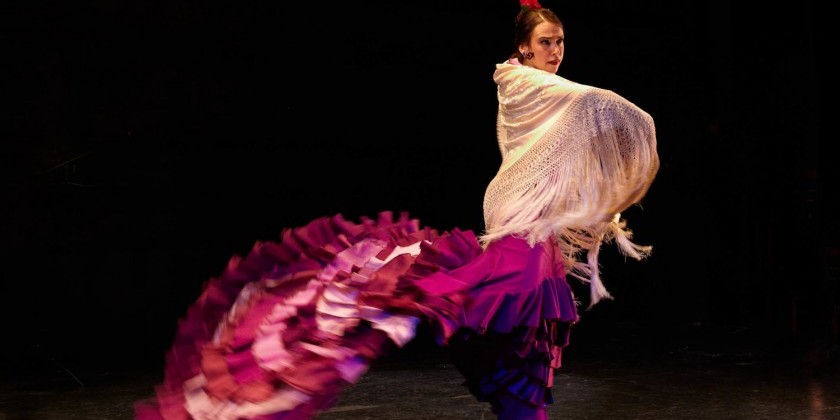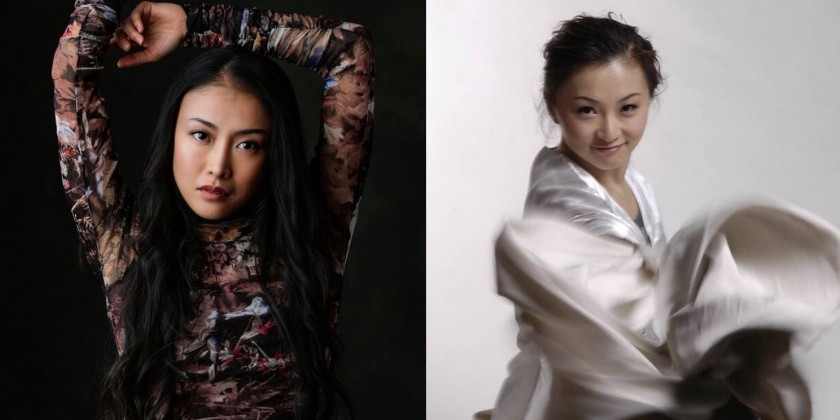Dance As Empowerment: Just In Time for St. Patrick's Day - TDE Asks Stephen O’Rourke About Irish Dance And Injury Prevention
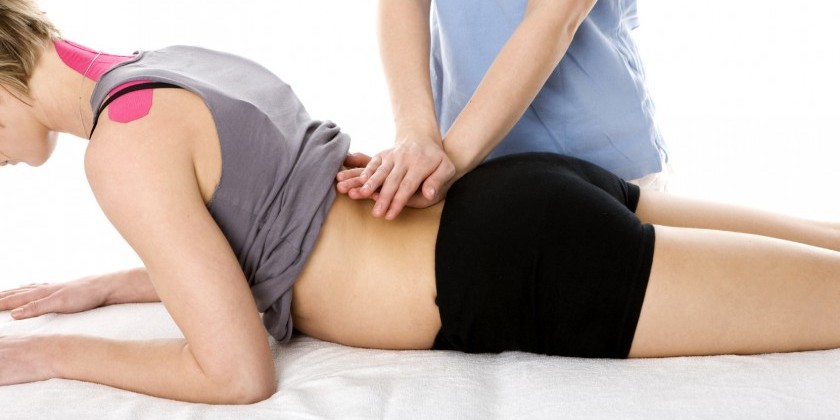
The Dublin-based physiotherapist weighs in on the importance of warming up and more.
Sammi Lim for The Dance Enthusiast: Dia dhuit, Stephen! I hope 2015 is treating you well.
I never imagined interviewing someone I'd met via Twitter, but here we are. Your tweets caught my eye because they often advocate the importance of health and the joy of movement. Are you a dancer yourself?
Stephen O'Rourke: I originally trained as an actor at the Samuel Beckett Centre in Trinity College Dublin. It was there that I discovered my natural ability for movement and dance. Upon graduating, I was invited to join a dance company. I was lucky enough to be cast in a show where I got to do some aerial training. This led to me touring with an aerial dance company. That was a very roundabout way of saying I am not a formally trained dancer, but have always been moving, shaking, climbing and dancing throughout my performance work!
Photo Courtesy of Artist
TDE: What was the most recent dance-related injury you treated and what had gone wrong?
SOR: It was an adductor tear. A young ballet dancer injured herself during training. Like a lot of muscle tears, it resulted from a sudden change in direction coupled with resistance from the floor. Luckily, it wasn't a complete rupture and could be managed conservatively.
TDE: Warming up: Absolutely necessary or overrated?
SOR: I am a big advocate of warming up. Although our bodies adapt to repetition and are able to perform at higher levels with little or no warm up, it is vital that we look after our physical instrument. Our bodies can become programmed to cope with such high demands, but once we deviate from our usual path, injuries can occur.
In recent studies, evidence suggests that dynamic stretching (leg swings, walking lunges, plies, and stuff like that) is superior to static stretching. It appears that dynamic stretching improves flexibility and retains performance, while static stretching does not. In my opinion, dancers tend to over focus on static stretching and flexibility while neglecting endurance exercises. Warm-ups should be intuitive, such as performing lighter versions of your class or performance routine in preparation for these tasks. They should never become routine or predictable. You should feel physically warm, free and loose. You should feel mentally prepared for the task ahead. You should feel able to perform without stiffness or overcompensation from alternative body parts.
The types and intensity of warm ups are still being debated, but in my opinion, it is a must for all dancers!
Photo Courtesy of Artist
TDE: I hope this isn't being too presumptuous, but I'm assuming you have participated in, or at least watched your fair share of Irish dance. How is a nation empowered via native dance?
SOR: Unfortunately, I am a bad patriot of Ireland as the last time I Irish danced (not counting parties after a few too many glasses of vino), was back in primary school during physical education classes. I do enjoy watching my countrymen dance, but it isn't something I have much or any experience performing.
Ireland is a little nation with a big heart for all things artistic. Dance has always been a part of our culture and we embrace it as a nation. Sean-nós, which means old style, is an older and less common Irish dance performed solo. I believe it originates from step dancing and like traditional Irish dance, was performed at a casual dance gathering called the Ceilidh (a bit like a disco nowadays). Irish dance is now world famous and watched by millions of people every year thanks to some very big shows that are constantly touring like powerhouse dance machines. Unfortunately, one can't help thinking that our precious national dance has become somewhat diluted due to the world's over exposure to it and a nation's detachment!
TDE: Who are your favorite choreographers or dance companies?
SOR: A difficult question indeed. Well firstly, I would have to mention a choreographer and company close to home. David Bolger, who crosses the pond to America for work and also tours with his company CoisCéim Dance Theatre, has always been a hero. I have watched his work for many years since I was an acting student and have had the pleasure of working with him. It was always my great ambition to dance with CoisCéim. The evening before I began my training as a physiotherapist, my phone rang--it was David offering me a part in his next show. It was one of life's great debates, but I decided to decline my dream offer and pursue my studies in the hopes that some day, I will grace the stage with them.
I also love Marie Chouinard, a Canadian dancer and choreographer. I love dance theatre companies like DV8 and Fabulous Beast Dance Theatre, Punchdrunk immersive theatre company, Irish company Emma Martin Dance and legends like Martha Graham Dance Company and Pina Bausch.
TDE: Dance can be empowering but also crippling - have you witnessed a moving case where dance changed a patient's life for the better or the worse?
SOR: I can't think of one specific case, but a special group springs to mind. While working as a dancer and facilitator with Counter Balance, a dance company for people with physical disabilities, I had the pleasure of dancing and creating with a group of inspiring individuals. They all had a variety of different physical impairments - impairments that disappeared when they entered the rehearsal space. They celebrated their physical differences and through dance and physical artistry, could express themselves in a space that was open for them to play. It was an honour to be a part of such a group. Cathy O' Kennedy, a choreographer, dancer and tutor whom I met while studying at the Samuel Beckett Centre, was the brains behind this dance group. There has been a lot of research into the use of dance with different patient populations such as Parkinson's Disease, Care of the Elderly, Stroke recovery, and more. Dance is one of life's pleasures that is often forgotten when illness takes the limelight!








